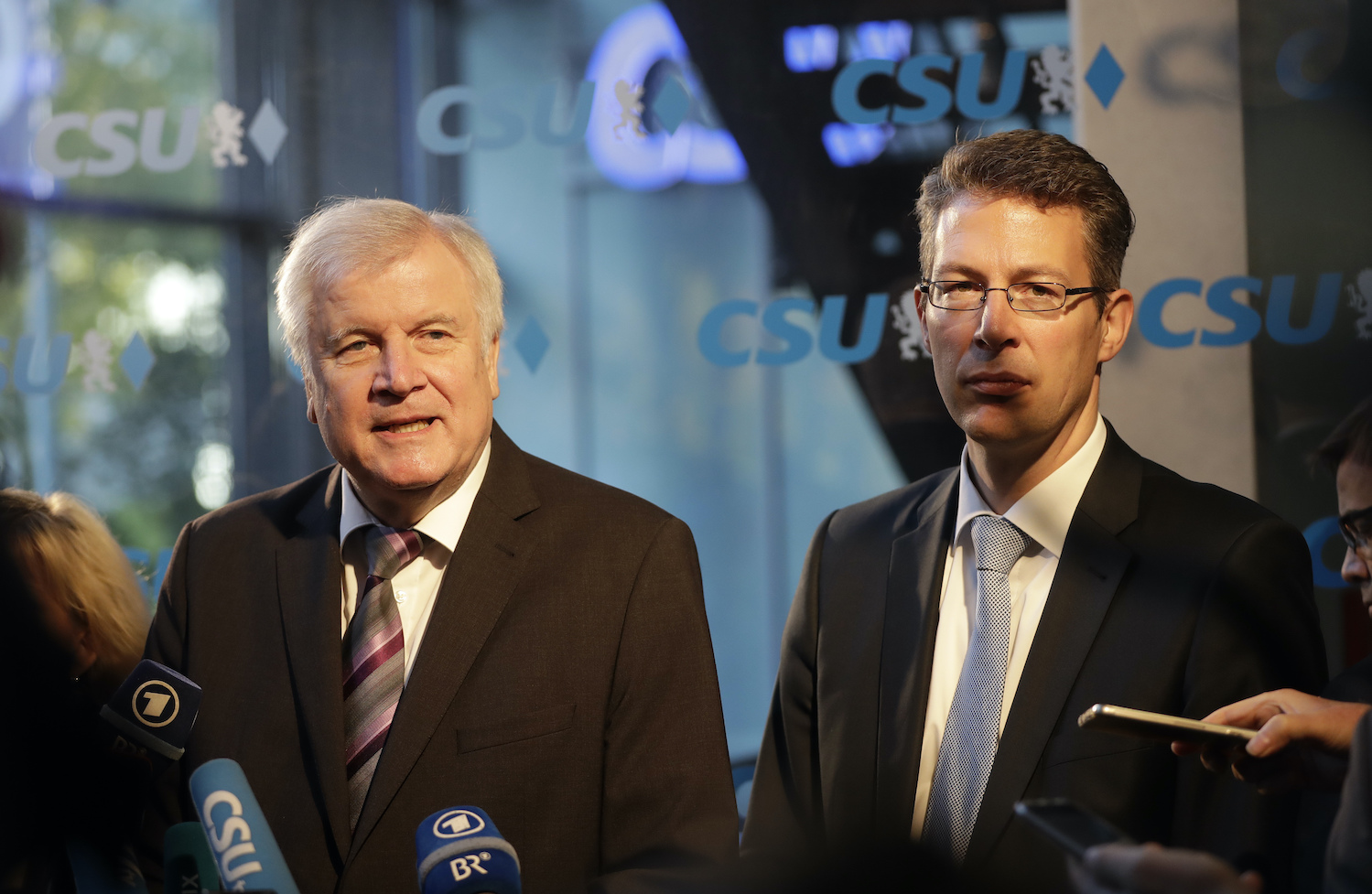Another German museum has been targeted by burglars, this time in Bavaria, where the suspects stole gold treasure worth several million euros from the Celtic period.
As a spokesman for the Bavarian State Criminal Police Office (LKA) reported on Tuesday, the perpetrators had entered the Celtic Roman Museum in Manching near Ingolstadt the previous night and stole the treasure discovered near Manching in 1999.
The pot of gold was the flagship piece of the museum. According to the LKA, the value of the historical coins is estimated at several million euros, and was the largest Celtic gold source found in the last century. An excavation team discovered the 483 gold coins 23 years ago. They are estimated to be 2,000 years old and weigh a total of around 4 kilograms.
“The burglary must have taken place in the early hours of the morning,” said the LKA spokesman. “It was classic, as you imagine it in a bad film.”
On Tuesday morning, the museum staff found that the pot of gold was missing, according to German newspaper Die Welt.
The investigators assume there is also a connection with the sabotage of several fiber optic lines, which led to the failure of the telephone and Internet connections for around 13,000 private and corporate customers around Manching during the night. The temporal and spatial proximity to the crime suggest this to be the case, said a spokesman. Due to the sabotage, the alarm was not tripped, and the police were not notified that the gold was being stolen.
“The loss of the Celtic treasure is a catastrophe, the gold coins are irreplaceable as testimonies to our history,” said Bavaria’s Minister of Art Markus Blume (CSU). The cultural damage is enormous. “Whoever committed this act, someone violated our history and displayed incredible criminal energy to do so,” he added.
The news of the heist comes after a string of high-stakes museum robberies over the years in Germany. For example, thieves from the notorious migrant Remmo clan stole a gigantic 100-kilogram gold coin from the Bode Museum in Berlin in 2017, resulting in the conviction of a number of migrant clan members. The coin was never recovered and police believe it was melted down and sold off.
The clan was also responsible for a €1 billion art and jewelry heist from a Dresden museum in 2020. It was described as the “biggest art theft in modern history.”
So far, there are no suspects in the case of the missing Celtic gold.
The treasure has been exhibited in the museum in the district of Pfaffenhofen/Ilm since 2006. The so-called Oppidum Manching, where the gold was discovered, is an important Celtic settlement and archaeologists still currently work in the area. The Bavarian State Office for the Preservation of Monuments lists the settlement as one of the most important archaeological monuments north of the Alps.
Its fame has attracted criminals, and in May, robbers illegally dug up 140 holes in the area, likely hoping to find gold or artifacts. Prosecutors are still investigating the incident. It remains unclear whether any objects of value were found by the thieves.






